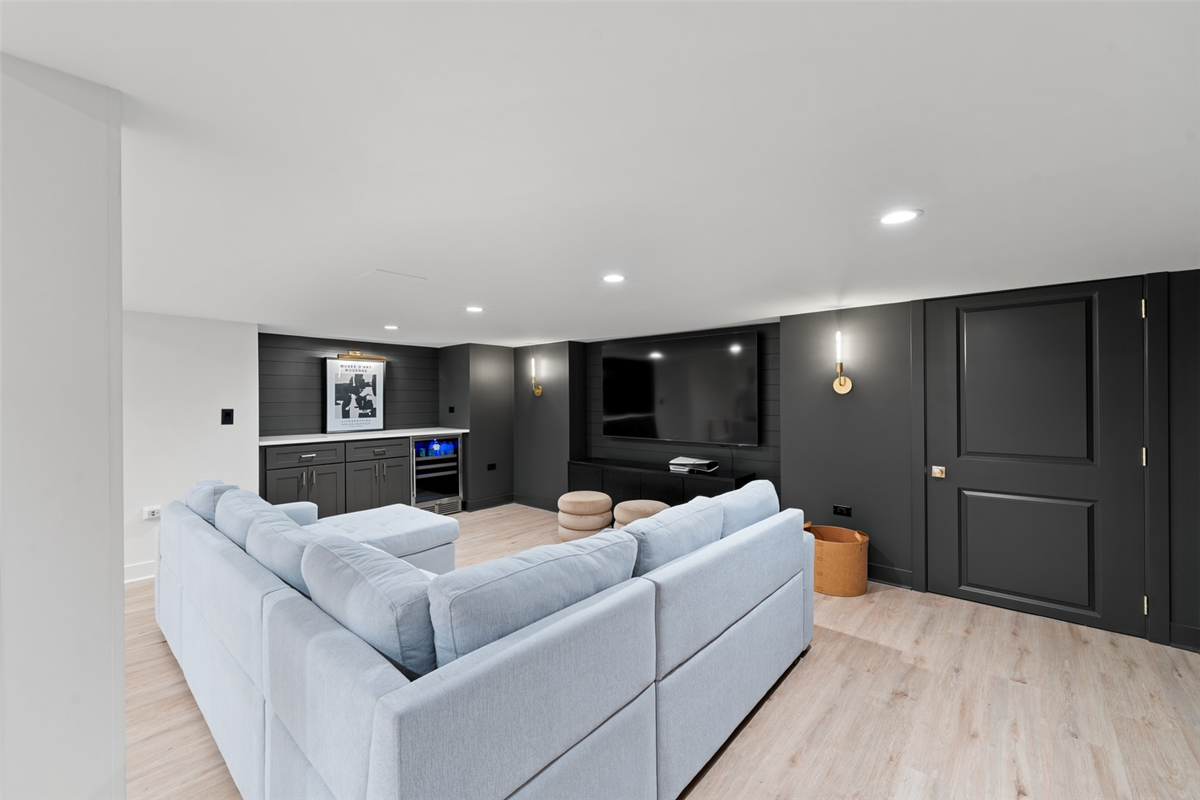Let’s be realistic; basement remodeling projects are not without their challenges. With so much red tape and rules around their construction, restrictions can put hurdles in the way. And when it comes to the interior, planning rules can make the life of a designer very difficult. But who wins the battle - do designers have a trick or two up their sleeve to make the space work? Or do the planning rules thwart their interior overhauls?
Basements and the rules
So what kind of restrictions are in place? It all depends on your location, but it could be anything from the size and depth of your basement to the number of visible windows. It can be a minefield - but a good designer will always know how to combat the problems created by the planning rules.
Designers win the battle - here’s how they do it
When it comes to basements, one of the biggest interior design headaches is the lack of natural light. It’s a common complaint - especially if there are rules and regulations about the number of windows or the size of a basement. But with some out-of-the-box thinking, designers can get the better of the rules and create good light levels, even when it seems impossible.
Structurally, natural light can be let in with some creative solutions. If there are restrictions about the number of visible windows, there are ways to get around this problem using clever design features. Glass-bottomed ponds are a brilliant example - an innovative solution to what can be a big design pain.
If structural changes are not possible, light can still be maximized in a basement space. Artificial lighting is very important - the right bulb, lamp shades and light fittings should be used to flood the space with clean, ambient light. To get the most from a basement, interior designers often use contrasting light levels to create cozy reading nooks and brighter spaces when concentration and attention to detail is needed. Dimmer switches are effective too - allowing you to control the light levels in line with mood and time of day,
And last up, designers have another trick up their sleeve - color. Color has a huge impact on the light in an underground space - so attention should always be paid to paint, wallpaper, soft furnishings and artistic touches. Contrary to popular belief, pale color is not always best; contrasting natural tones with darker shades can in fact be very effective. Combine with glossy or mirrored surfaces, and the result can be quite dazzling!
To see how our own remodeled basements have used design to maximize space and beat the planning rules, please come and visit at one of our open house events! They take place every weekend in and around the Chicago and Detroit areas. Everyone is welcome!
Subscribe to Matrix Home Solutions's Blog





Comments